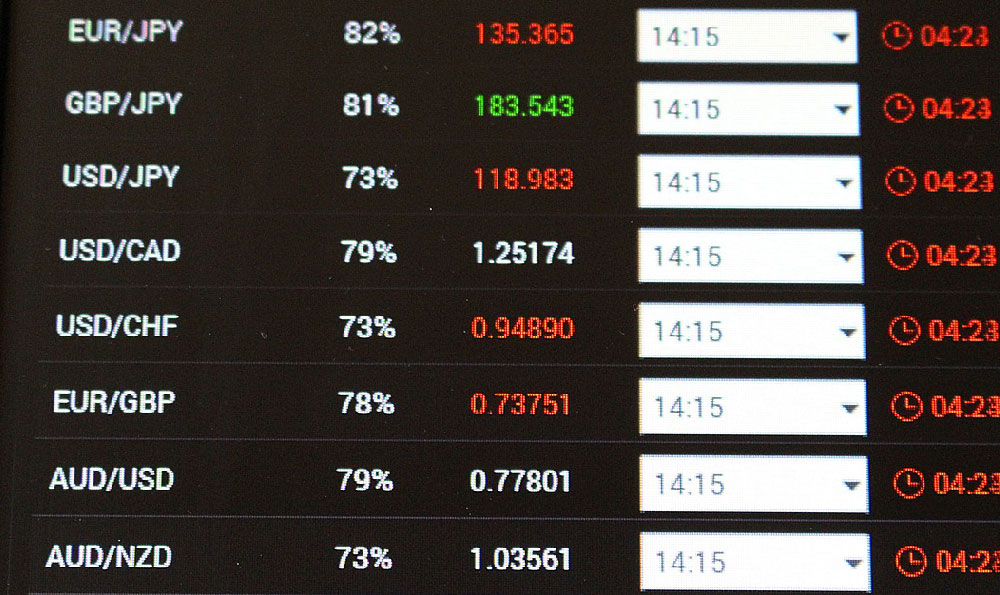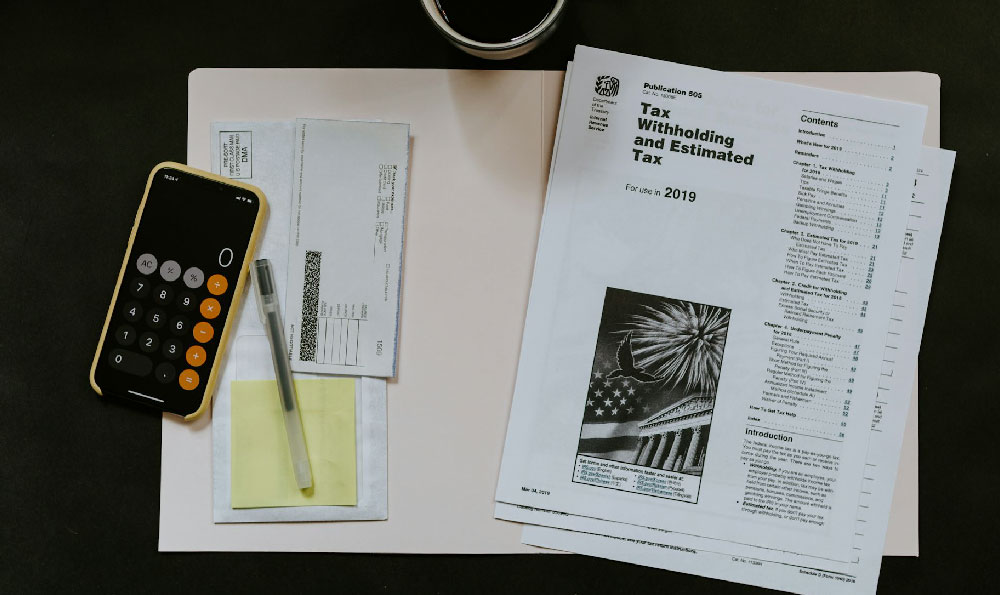Why Part-Time? What's the Hourly Commitment?
Navigating the world of cryptocurrency investing, even on a part-time basis, demands a strategic approach. The appeal of augmenting your income through digital assets is undeniable, but understanding the necessary time commitment and motivations behind a part-time endeavor is crucial for success. Many people are drawn to part-time crypto investing for various reasons, primarily centered around financial aspirations and flexibility. They may be looking to supplement their existing income, accelerate their path to financial independence, or simply explore a burgeoning field with immense potential. The attraction also stems from the perceived accessibility; trading platforms are available 24/7, allowing individuals to engage with the market at their convenience, fitting it around their primary employment or other responsibilities.
However, the notion that part-time involvement equates to minimal effort is a misconception. Successful part-time crypto investing necessitates a significant investment of time, even if that time is distributed strategically throughout the week. The actual hourly commitment varies greatly depending on several factors, including your investment strategy, risk tolerance, and the level of active management you choose to employ. Passive investors, perhaps those primarily focused on holding established cryptocurrencies like Bitcoin or Ethereum for long-term growth, might dedicate significantly fewer hours compared to active traders engaging in day trading or swing trading.
For a passive investor with a buy-and-hold strategy, the initial setup might require a substantial time commitment – researching different cryptocurrencies, understanding blockchain technology, setting up a secure wallet, and familiarizing oneself with the chosen exchange. This initial learning phase could easily consume 10-20 hours. After that, the ongoing commitment might be as little as 2-3 hours per week, dedicated to monitoring market trends, reading industry news, and rebalancing their portfolio as needed. These investors typically prioritize fundamental analysis, focusing on the long-term prospects of their chosen assets rather than short-term price fluctuations.

Active traders, on the other hand, face a considerably larger time commitment. Their strategy involves capitalizing on short-term market movements, requiring constant monitoring of price charts, technical indicators, and news events. This could easily translate to 10-20 hours per week, especially if they are engaged in day trading. They need to be prepared to react quickly to market changes, executing trades in a timely manner to maximize profits and minimize losses. Active trading also demands a deep understanding of technical analysis, including chart patterns, moving averages, and other indicators that can help predict future price movements. Moreover, active traders must diligently track their trades, analyze their performance, and adapt their strategies accordingly.
Beyond the time spent directly trading or analyzing the market, another often-overlooked aspect of the hourly commitment is continuous learning. The cryptocurrency landscape is constantly evolving, with new technologies, regulations, and projects emerging regularly. Staying informed about these developments is essential for making sound investment decisions and mitigating risks. This requires dedicating time to reading industry publications, attending webinars, participating in online forums, and engaging with the crypto community. Neglecting this aspect can leave you vulnerable to scams, uninformed investment choices, and missed opportunities.
Furthermore, effective risk management is a crucial component of successful part-time crypto investing, and it requires dedicated time. Setting stop-loss orders, diversifying your portfolio, and understanding the potential risks associated with each investment are all essential for protecting your capital. This involves carefully assessing your risk tolerance, defining clear investment goals, and developing a comprehensive risk management plan. It also means being prepared to accept losses, as no investment strategy guarantees profits, and the cryptocurrency market can be particularly volatile.
Consider also the mental and emotional toll that crypto investing can take, especially during periods of market volatility. It's essential to manage your emotions effectively and avoid making impulsive decisions based on fear or greed. This requires developing a disciplined approach to investing, sticking to your predetermined strategy, and avoiding the temptation to chase quick profits. Part-time investors, especially those with limited experience, are particularly susceptible to emotional biases, as they may feel pressured to make up for lost time or compensate for missed opportunities.
Before embarking on a part-time crypto investing journey, it's crucial to honestly assess your available time, your risk tolerance, and your commitment to continuous learning. Don't underestimate the time and effort required to succeed, and be prepared to adapt your strategy as needed. If you're unable to dedicate the necessary time and effort, it may be better to consider less time-intensive investment options. Remember, the goal is to supplement your income and build wealth, not to become consumed by the market and jeopardize your financial stability. Start small, invest wisely, and prioritize continuous learning to navigate the complex world of cryptocurrency investing successfully, even on a part-time basis. The rewards can be significant, but they require dedication, discipline, and a well-informed approach.















